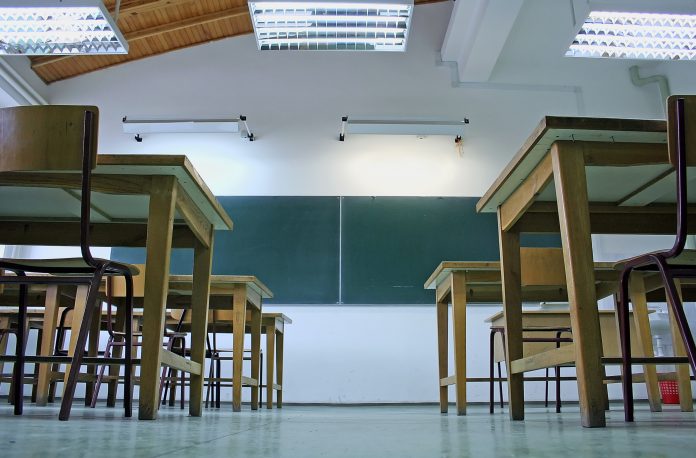With COVID-19 limitations, the profession of teaching has changed in unprecedented ways – however, public school teachers experienced high levels of stress even before the public health crisis
The pandemic continues to contribute to losses and fear that further stress the people who remain caught in the jaws of COVID-19. Loneliness became an emerging issue for those who don’t live with anybody, and are too vulnerable to risk exiting their homes.
In some workplaces, stress is a part of the landscape
With healthcare workers, the experience of stress can reach catastrophic heights. This has been recognised throughout the last year, as the people fighting COVID-19 continue to be perceived, rightly, as heroes.
Legal professionals and journalists are expected to give up their personal hours as part of the work, but these professions come with distinct financial rewards.
When it comes to teaching, stress has always been ingrained. The unspoken rule is that every teacher will give up hours of personal time to mark, create and further develop educational activity for their students. They are responsible for many young minds and often lack health insurance.
This makes teaching one of the most difficult professions, with a disproportionate wage for the effort required to be a good teacher.
The unique stress faced by public school teachers
In a survey of 1,000 public school professionals conducted by the RAND corporation, stress was given as the most common reason for teachers changing careers. This was before and after the COVID-19 pandemic.
“Different COVID-19 stressors affected pandemic teachers differently,” said Melissa Diliberti, lead author of the report and an assistant policy researcher at RAND. “Insufficient pay and childcare responsibilities drove out younger teachers under 40, while older teachers were more likely to say health conditions made them leave.”
Three out of four former teachers explained that work was often or always stressful for them, in any year which they taught in a public school.
Teachers appeared to seek work that was less stressful – despite the financial reward being the same or even slightly less. It seems that three in ten teachers quit to take jobs with no health insurance or retirement benefits.
‘They would be willing to come back’
Heather Schwartz, co-author and director of the Pre-K to 12 educational systems program at RAND, commented: “Despite the many reasons public school teachers left, about half of those who left primarily because of COVID-19 said they would be willing to come back once most staff are vaccinated or there was regular rapid COVID-19 testing of staff and students.”











